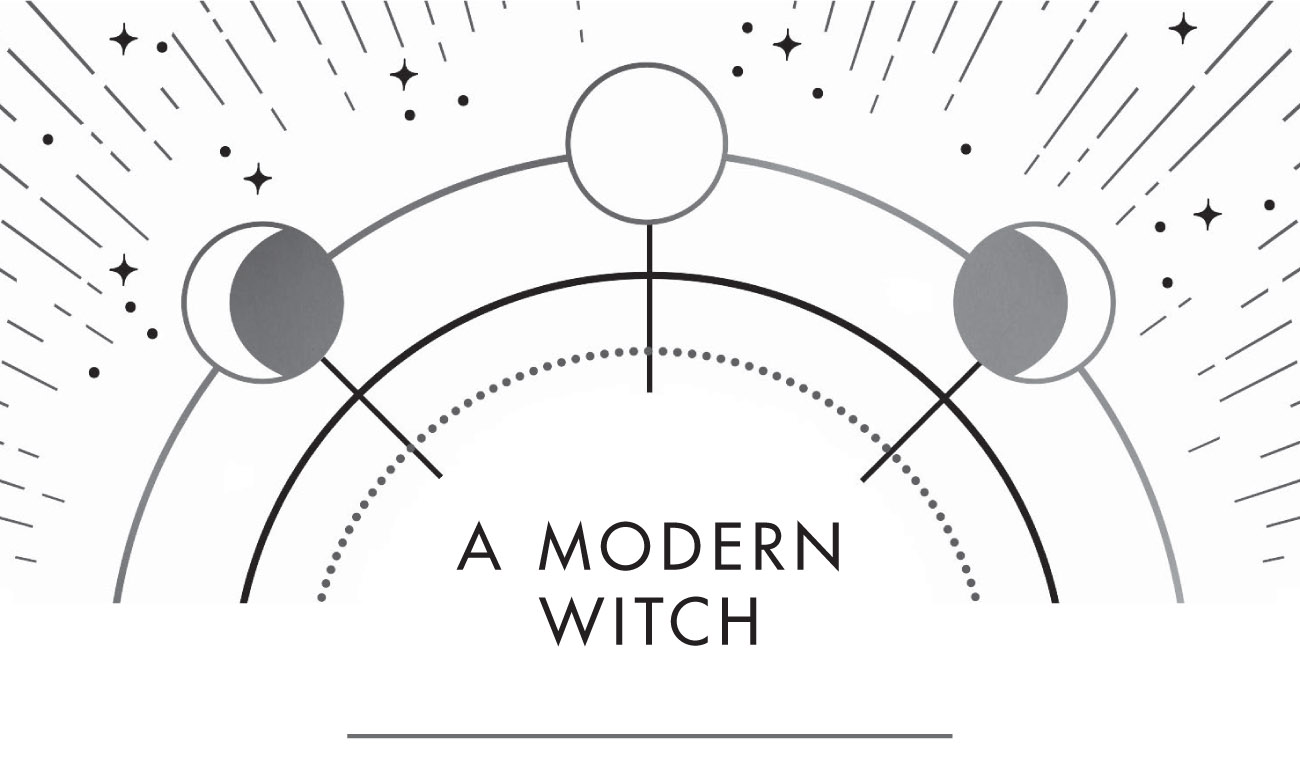
Whenever I mention that I’m a modern witch, one of the most common responses I hear is ‘Are you a good or a bad witch?’, usually from cynics with a hint of sarcasm. Ultimately, witchcraft is nature-based and worships the Earth, honouring it as our Mother, Healer and Goddess.
The last time I typed ‘Witch meaning’ into Google, the definition that came up was ‘A woman thought to have magic powers, especially evil ones, popularly depicted as wearing a black cloak and pointed hat and flying on a broomstick’, and ‘an ugly or unpleasant woman’. If you ask me, those are patriarchal ways of demonizing women and totally misrepresent what the craft is all about. I’ve met a lot of women who identify as witches and they’ve all got hearts of gold. The thought of harming someone would never cross their minds.
A witch is someone (not specifically female) who is intuitive, a healer, an empath, an activist and a revolutionary. A witch lives by their own rules or is realizing that living by other people’s standards isn’t working for them. A witch is in tune with their sexuality. A witch embraces what makes them unique. A witch is doing the work, taking responsibility for their life and the impact they have on the world around them.
Wicca is a recognized religion most commonly associated with witchcraft. While some Wiccans practise witchcraft, others don’t want to be associated with it. Some people consider the Wicca label more ‘respectable’ because of its religious associations.
Some witches’ practices are rooted in tradition, while others take the eclectic route, cultivating a unique practice that takes inspiration from their heritage, experiences and beliefs. Some worship goddesses or fairies, and others recognize nature and the Earth as living spirits. Some are in covens and others are solitary. Some are hereditary witches, and others were perhaps initiated into witchcraft by a cool aunt, a colleague or someone they found scrolling on Instagram.
We are so privileged to be able to explore these practices and belief systems freely. We stand on the shoulders of so many people who were persecuted and killed for doing what we do. Practising witchcraft was banned for at least two centuries. Doreen Valiente, one of the most influential figures in Wicca, played a major role in having the ban lifted on 29 July 1951. These days, more and more of us are coming out of the spiritual closet and embracing our inner witch without having to look over our shoulders.
To learn more about witches and witchcraft, I recommend reading: A Witches’ Bible by Janet and Stewart Farrar, Witch by Lisa Lister, Everyday Magic by Semra Haksever and Craft by Gabriela Herstik.